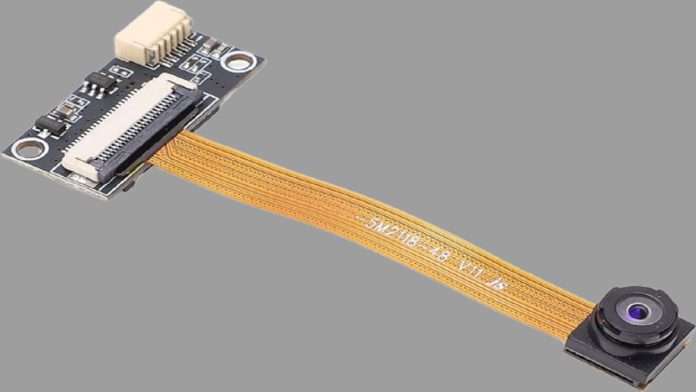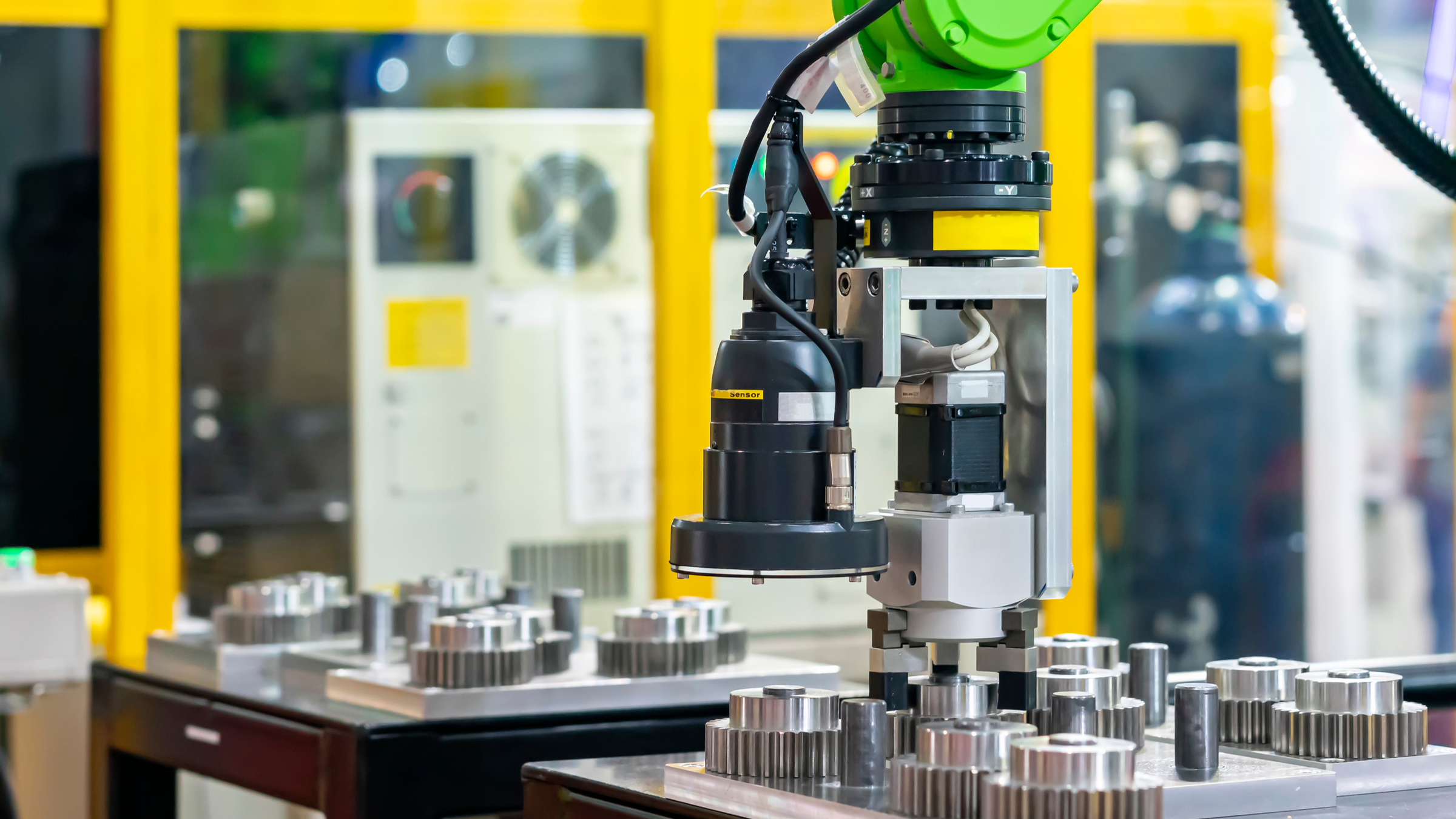In today’s rapidly evolving technological landscape, cameras are used for everything from industrial inspections to home security. USB 2.0 cameras are becoming increasingly popular because of their adaptability and simple implementation. This article explores the ins and outs of USB 2.0 cameras, explaining their technology, potential uses, and advantages. Click the link and check out some of the best USB 2.0 camera modules made by a leading Camera Module manufacturer.
What Are USB 2.0 Cameras?
Digital cameras that adhere to the USB Video Class (UVC) standard are commonly referred to as USB 2.0 cameras. These cameras are well-liked due to their user-friendliness. USB 2.0 cameras are well suited for real-time audio/video streaming and high-quality image capture without the need for additional capture devices because they are compatible with Windows (DirectShow) and Linux (V4L2).
The Parts That Make Up a USB Camera Module 2.0
Typically, there are four main parts of a USB 2.0 camera module:
Lens
The lens collects the light and focuses it to create an image. Wide-angle lenses for surveillance and high-resolution lenses for industrial inspections are just two examples of the lens options commonly included with USB camera modules.
Sensor
A camera’s image sensor is its “brain,” transforming light into electrical impulses. There are USB camera modules available with sensors offering resolutions from 0.3 megapixels all the way up to 16 megapixels and even 4K. Which sensor you go with depends on the image quality and use case at hand.
PCB(Printed Circuit Board)
The camera’s sensor and DSP (Digital Signal Processor) are located on the PCB (Printed Circuit Board). It’s indispensable in fields like signal processing and data transmission.
DSP(Digital Single Processor)
The DSP takes the raw image data from the sensor and adjusts and improves it as necessary. The digital signal processor can be used to add functions like wide dynamic range (WDR), low-light enhancement, and IR filter cuts.
Applications of USB 2.0 Cameras
Industrial Inspection
First, USB cameras are becoming increasingly popular for use in industrial automation and quality control inspections. They can perform precise inspections and find flaws thanks to their high-resolution sensors and live streaming capabilities.
Traffic and Security
License plate recognition, traffic monitoring, and security surveillance are just some of the uses for USB cameras in traffic management and surveillance systems.
Finance and Retail
Thirdly, USB cameras are useful in the retail and financial sectors by facilitating barcode scanning, document capture, and customer verification through POS systems.
Entertainment and Home
For the sake of remote monitoring, these cameras find widespread use in smart home gadgets, webcams, and home security systems.
Education
USB cameras are useful in classrooms because they facilitate online instruction, video conferences, and the use of interactive whiteboards.
The Technology Behind UVC Cameras
The USB Video Class, or UVC, is a protocol standard for how computers and USB video devices should talk to one another. It’s a de facto standard in the USB ecosystem now that Microsoft and other device makers set a precedent. This protocol is followed by UVC cameras, guaranteeing their interoperability and usability with a wide range of platforms.
Conclusion
USB 2.0 cameras are convenient imaging tools that can be used for a variety of tasks. The UVC protocol is to thank for its usability and cross-platform compatibility, working with both Windows and Linux without the need for additional drivers. USB 2.0 cameras are becoming increasingly important in a variety of fields, including industrial inspections, security, retail, and education.










